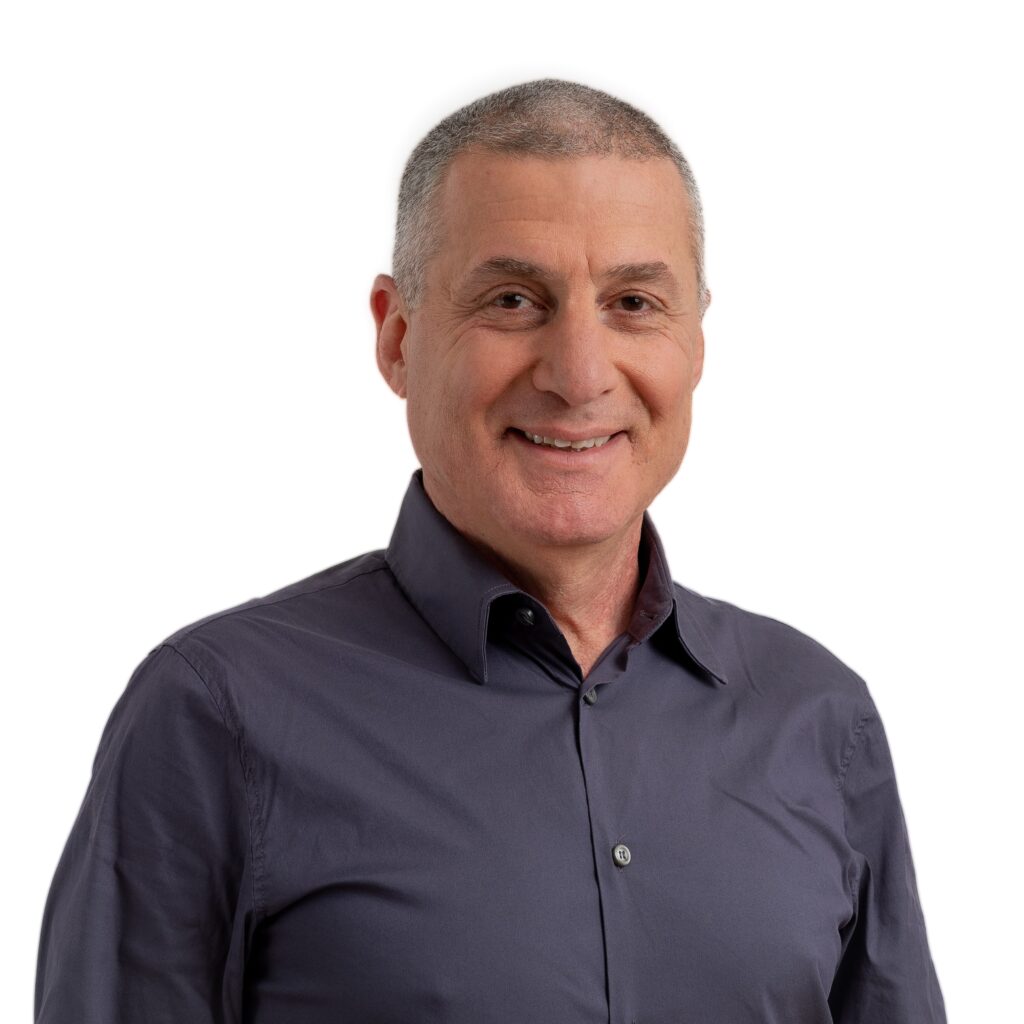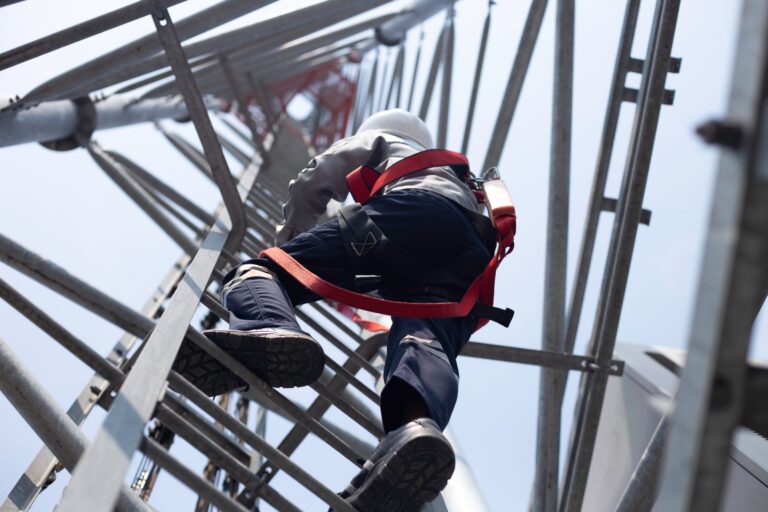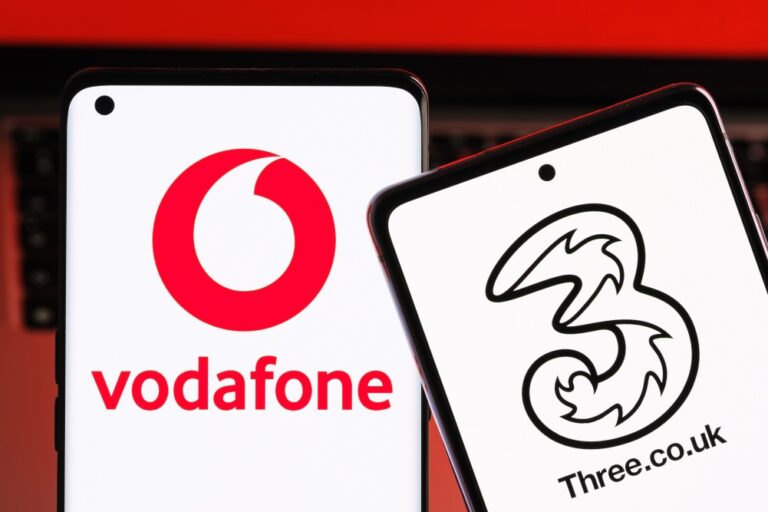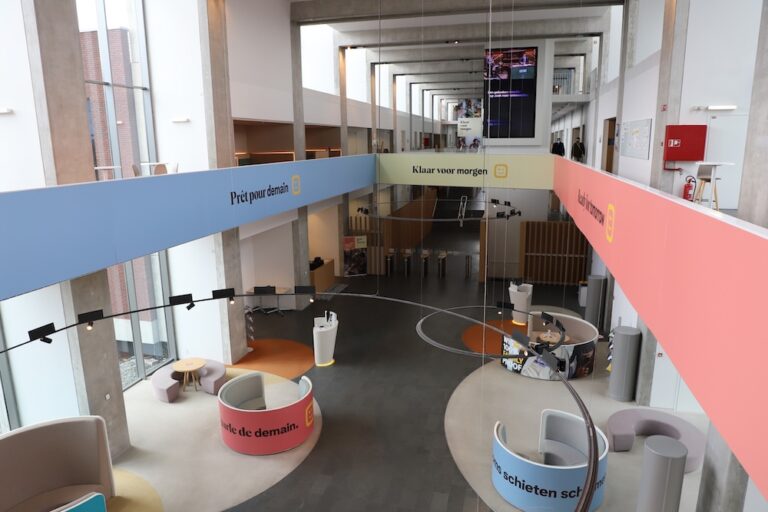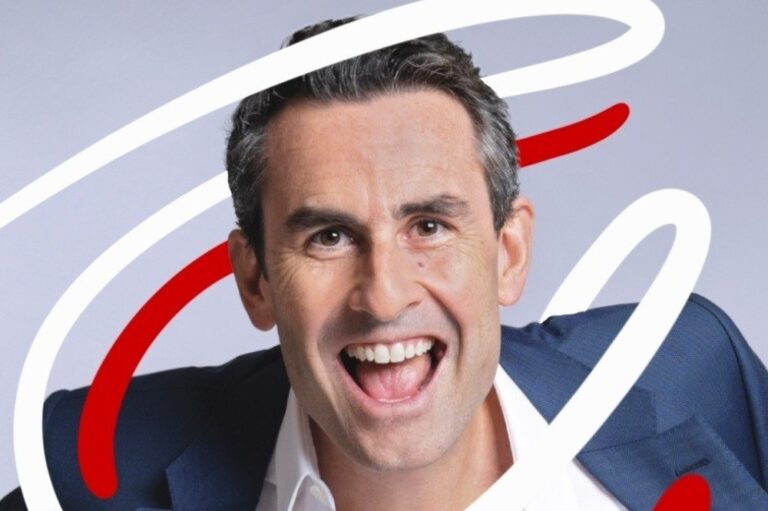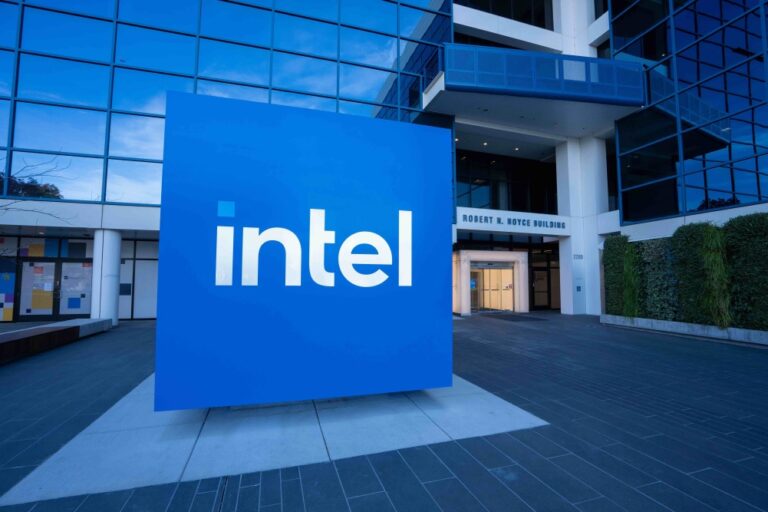Partner content: The benefits of digital twins in telecom are increasingly evident, ensuring all parts of a real-world entity work in harmony across the entire lifecycle
Digital twins allow users to perform multiple simulations and even make ‘digital’ mistakes prior to implementation, to provide visibility and move to a holistic perspective of the physical object or technology. With telecom networks becoming more complex, 5G digital twins offer a new model to test a physical network, to use network performance and usage patterns to ensure optimum coverage. And as networks move to 5G Advanced and eventually 6G, digital twinning will become an essential part of planning and optimization.
Digital twins offer many advantages to telecom operators. For instance, digital twinning has the potential to mimic different environments for the transmission of radio waves. They can detect the best place for antennas and cellular towers for maximum coverage and signal strength. They can also monitor performance for any issues and identify or predict faults.
Twins need a trio: the data source
Digital twins use virtual models for the entire process, but those virtual models need to test different scenarios and initiatives from thousands of genuine data points, ensuring the validity of those decisions. This means that the data fed into the virtual models needs to be high quality, accurate and reliable.
With accurate data, telecom operators can, for example, use the digital twin to identify subscribers with the highest potential for churn by applying predictive analytics and modeling and to identify performance issues that may arise.
Digital twins can utilize the data to pinpoint parts of the network and RAN that need additional optimization, modifications or upgrades. They can also understand the quality of experience in certain applications by analyzing a given environment.
In one example, a mobile operator[1] leveraged digital twins to enhance network performance along a complicated railway route which services around 61,000 passengers per day. The geographic area presented substantial challenges as it covered challenging terrain, including 64% over bridges and tunnels surpassing many mountain ranges and heavy flora.
With the help of drones that could reach the terrain, surveys, AI and 3D data, the operator built a digital twin model to optimize 5G coverage. The result amounted to 98.5% 5G coverage with speeds of more than 300 Mbps over otherwise difficult topography, and a saving of around $221K compared to traditional optimizing and planning projects.
Tapping into existing data
Fortunately, telecom operators are already sitting on vast amounts of data. This offers a vantage point for them to implement digital twins, assuming they can access that data. Modern automated assurance solutions, driven by artificial intelligence and machine learning like RADCOM, offer operators the possibility of accessing real-time, balanced data models.
Designed to sustain millions of connected devices, high-speed voice and data services, and changing conditions, they offer data in user analytics, location intelligence, usage patterns, service interactions, and more to continuously monitor and identify trends, potential faults, and service quality issues.
This reliable data offers potential benefits for operators implementing digital twins as the industry moves to more complex infrastructure and technology. It enables operators to quickly input massive amounts of accurate data for network testbeds or simulations tools for physical implementation and synchronization – which affect the reliability of the digital model.
Furthermore, they have the added benefit of helping integrate data with legacy systems and easing management and integration issues. Automated assurance solutions, moving to predictive analysis, will further offer scalable and accurate data for digital twins.
Quality Control Demands Reliability
There are many real-world applications in which operators will benefit from utilizing digital twins. Take for example the recent hurricanes and storms across the United States – digital twins offer telecom operators a virtualized model to strategize against these natural and other mission-critical disasters and to minimize service disruptions and efficiently optimize operations in those events.
In telecom, the digital twin market is still only in the infancy stage, but is expected to reach USD1.6 trillion by 2031 as its impact becomes increasingly recognized. Operators will use this model to perform quality control, to retain a competitive edge over RAN performance, for capacity management, and to understand where resources need to be changed and more. However, the ability to offer scalable, accurate and AI-driven digital twin platforms, can only be powered by reliable, accurate and true data.
[1] Originally published in telecoms.com
The author, Rami Amit, is Chief Technology Officer and Head of Product at RADCOM
